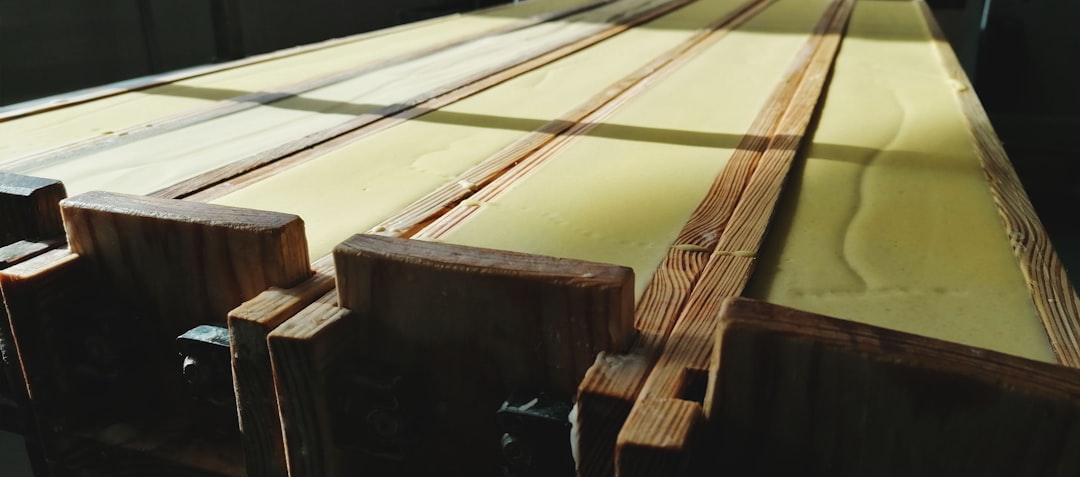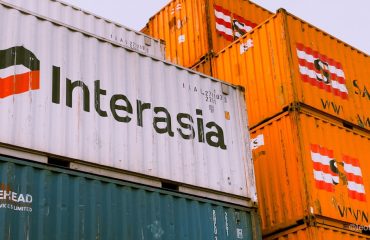Steel frames, known for their strength, durability, and relatively fast construction times, are a prevalent choice in modern building design. This comprehensive guide delves into the intricacies of designing these robust structures, taking you through each crucial step from initial concept to final analysis and detailing.
1. Understanding Loads and Load Paths: The Foundation of Steel Frame Design
Before even sketching a single beam, understanding the loads a steel frame will endure is paramount. This involves identifying all potential loads, including:
- Dead Loads: The weight of the structure itself, including steel members, cladding, roofing, and any permanent fixtures.
- Live Loads: Variable loads such as occupancy loads (people, furniture), snow loads, and wind loads. These are often determined using relevant building codes and local meteorological data.
- Seismic Loads: Forces generated by earthquakes, crucial for structures in seismically active zones. These loads are calculated based on the building’s location and the design’s seismic zone classification.
- Environmental Loads: Include things like rain, ice, and the effects of temperature changes on the steel’s expansion and contraction.
Once the loads are identified, the next step is to define the load paths. This involves determining how the loads are transferred from the roof and floors, down through the columns, and ultimately to the foundation. A clear understanding of the load paths is critical for efficient and safe design.
2. Member Selection: Choosing the Right Steel Sections
With the loads and load paths defined, the engineer can begin selecting appropriate steel sections for each member (beams, columns, braces). This involves considering several factors:
- Strength: The section must have sufficient strength to resist the applied loads without exceeding its yield strength.
- Stability: The section’s resistance to buckling, particularly crucial for slender columns and beams. This often involves checking slenderness ratios and using appropriate design equations.
- Deflection: Excessive deflection can affect the functionality and aesthetics of the structure. Design codes limit the allowable deflection to prevent this.
- Cost: Selecting the most economical section that meets the strength, stability, and deflection requirements is a key consideration.
- Availability: The chosen section must be readily available from local steel suppliers.
Software tools and design handbooks are commonly used to aid in member selection, considering various section shapes (I-beams, channels, angles, etc.) and their respective properties.
3. Connection Design: The Crucial Joints of the Steel Frame
Connections are the critical points where the individual steel members are joined together. Proper connection design is crucial for the overall structural integrity of the frame. Common connection types include:
- Bolted Connections: Using high-strength bolts, these are versatile and relatively easy to fabricate.
- Welded Connections: Offer high strength and stiffness but require skilled welders and adherence to stringent quality control procedures.
- Moment Connections: These connections transfer both shear and moment forces, providing greater structural rigidity.
- Pinned Connections: Primarily transfer shear forces, allowing for some rotation between members.
The design of connections must account for the forces transferred, the capacity of the connection components, and the potential for fatigue and brittle fracture. Detailed analysis and calculations are necessary to ensure the connections are adequately designed.
4. Analysis and Verification: Ensuring Structural Integrity
Once the members and connections are selected, a thorough structural analysis is performed to verify the design’s adequacy. This typically involves using sophisticated software programs that employ finite element analysis (FEA) or other numerical methods. The analysis will determine:
- Internal forces: Axial forces, shear forces, and bending moments in each member.
- Stresses: The stresses induced in each member due to the applied loads.
- Deflections: The amount of displacement in each member under load.
The results of the analysis are then compared to the allowable stresses and deflections specified in relevant design codes. Any areas where the design does not meet the code requirements must be revised and re-analyzed.
5. Detailing and Fabrication: Bringing the Design to Life
The final stage involves creating detailed fabrication drawings that specify the dimensions, material grades, and connection details for each member. These drawings are crucial for the fabricators who will construct the steel frame. Accurate and complete detailing is essential to ensure that the fabricated frame conforms to the design intent and meets the required standards. This stage also involves coordinating with other disciplines, such as architectural and MEP (Mechanical, Electrical, and Plumbing) engineers.
Careful consideration of fabrication constraints, such as weld accessibility and bolt placement, is vital during detailing. Proper coordination with the construction team ensures a smooth and efficient erection process.
Designing steel frames is a complex process requiring a thorough understanding of structural mechanics, material properties, and relevant design codes. This guide provides a foundational overview; consulting with experienced structural engineers is crucial for ensuring the safety and performance of any steel frame structure.
SEO-Friendly Tags:
- Steel Frame Design
- Structural Steel Design
- Steel Structure Analysis
- Steel Building Design
- Steel Frame Construction




